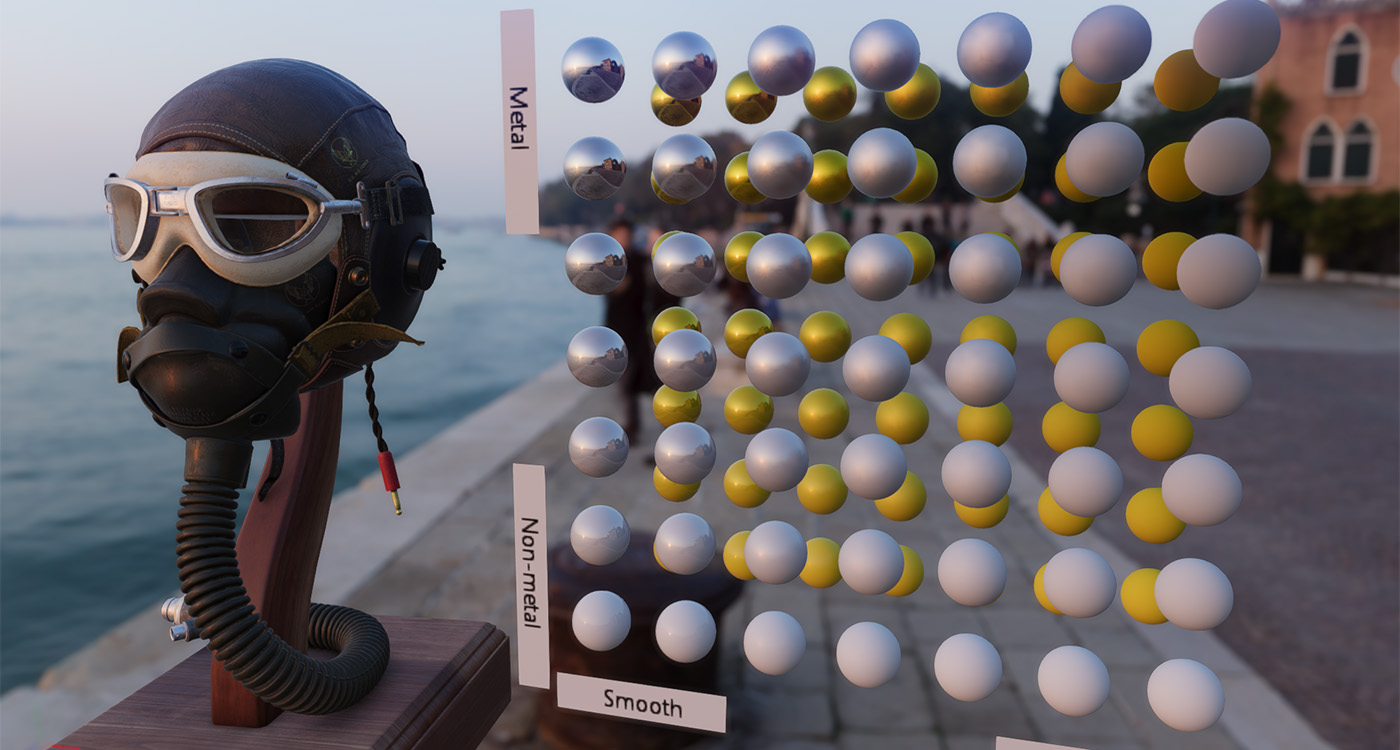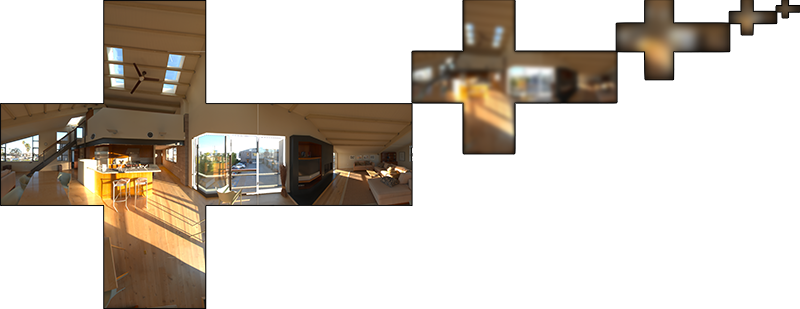Environment

In this section, we will cover how you can control the environmental light in Evergine.
Image Based Lighting (IBL)
Image Based Lighting (IBL) is a rendering technique that involves capturing an omnidirectional representation of real-world light information as an image, typically using a 360° camera. This image is then projected onto a dome or sphere, similar to environment mapping, and is used to simulate the lighting for objects in the scene. This allows highly detailed real-world lighting to be used to light a scene instead of trying to accurately model illumination using an existing rendering technique.
Image-based lighting often uses high-dynamic-range (HDR) imaging for greater realism.

IBL involves the creation of two lighting components:
- Irradiance map (Diffuse): For the diffuse illumination, we need what is called an Irradiance Map. This usually involves a cubemap (or Spherical Harmonics) that stores the amount of light coming from each direction.
- Radiance map (Specular): For specular illumination, we need a texture called Pre-filtered Mip-Mapped Radiance Environment Map (PMREM). This is another cubemap that pre-calculates the reflected environment. Additionally, it stores different reflections for various roughness values in its MipMap levels.
 Credits LearnOpenGL
Credits LearnOpenGL
Evergine will use Image Based Lighting to create environmental illumination.